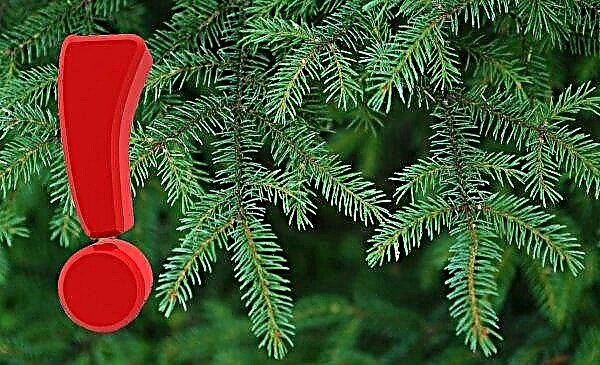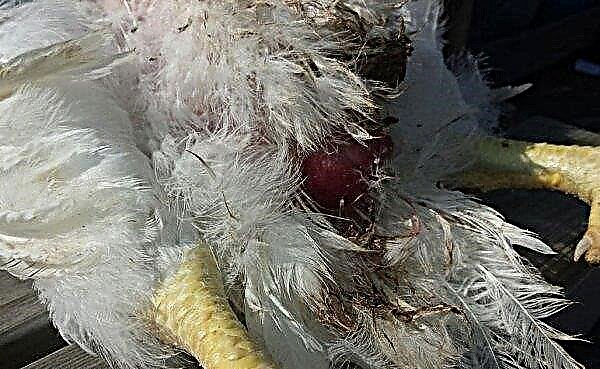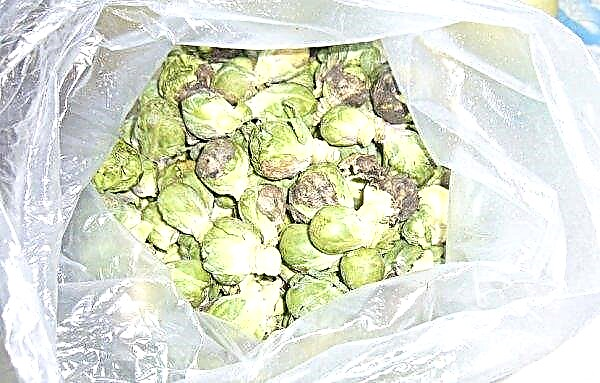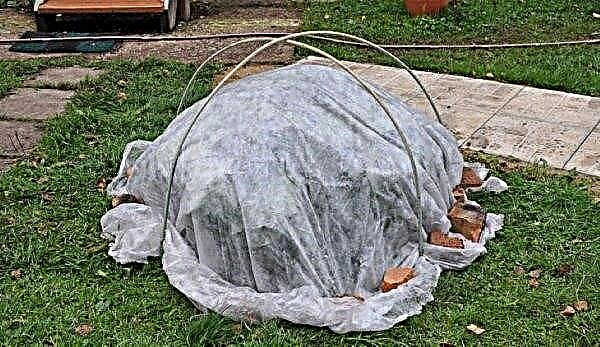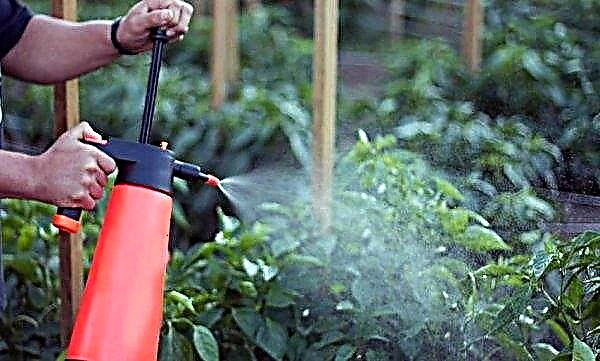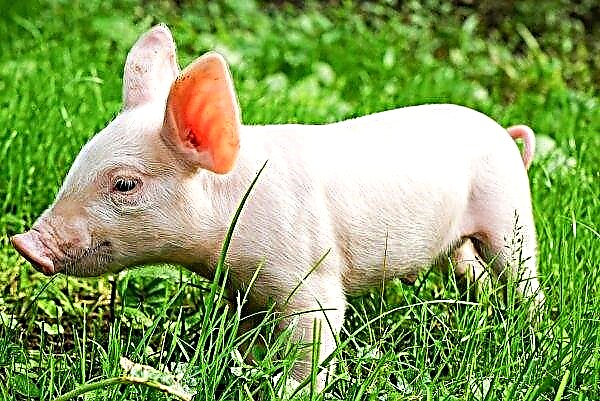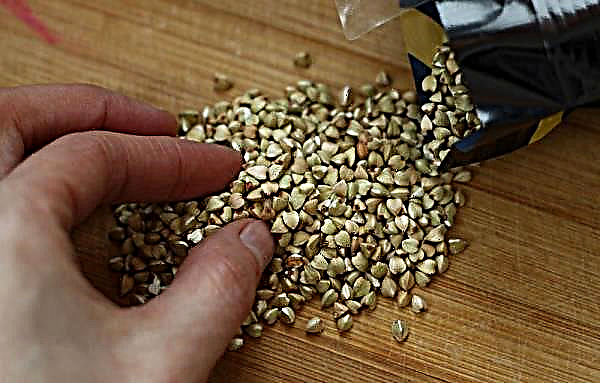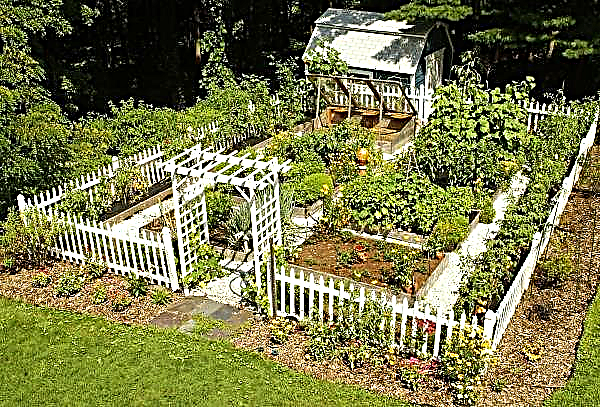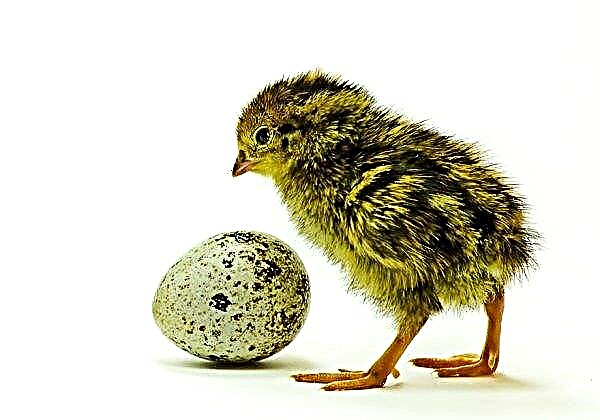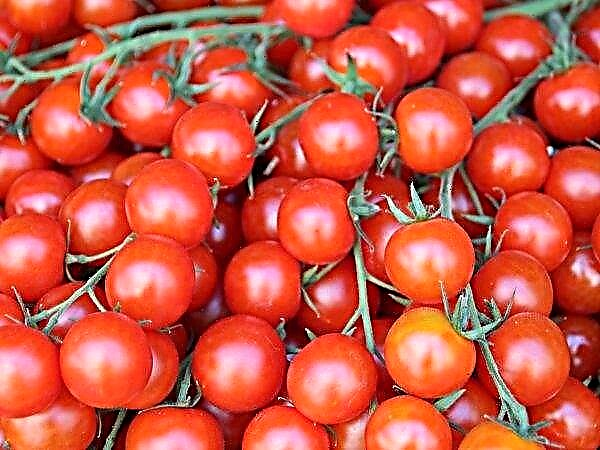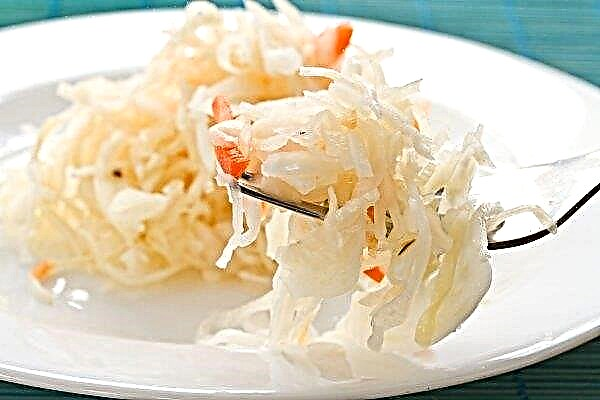Compliance with crop rotation requirements in the garden is a prerequisite for their effective growth and development, so the issue should be carefully studied when cultivating strawberries. The article will discuss the good and bad predecessors of this cultivated plant, as well as other crops that can or should not be planted after it.
Useful and harmful predecessors planting strawberries for next year
The crop in question has its own suitable and unsuitable predecessors, which may include varieties that are often grown in home gardens.
Important! It is useful to plant siderata plants for the winter, before the spring season of planting strawberries. After mowing rapeseed, lupine or phacelia, they are embedded in the ground and left to rot. They perfectly nourish the soil, enriching its chemical composition.
Lists of the most popular of them are given in the table:
| Desired Precursor Plants | Undesired precursor plants |
| Garlic, onion | Tomato, potato and other nightshade |
| Cabbage (but only cauliflower) | Earth pear (Jerusalem artichoke) |
| Carrots, Beets, Radishes, Turnips | Pepper |
| Marigolds, marigolds | Eggplant |
| Radish | Melon, watermelon, pumpkin and other pumpkin |
| Dill, parsley, celery | Roses and Chrysanthemums |
| Colza, phacelia, lupine | Lilies, gladioli, asters |
| Legumes (peas, beans) | Berry crops (including strawberry itself) |
| Oats | Sunflower |

Crop rotation rules
If you carefully study the issue of proper strawberry crop rotation, it is easy to notice that not only the type of planted crop matters, but also the sequence of its placement on the site.
An approximate scheme of optimal planting by year may be as follows:
| Year of cultivation (in order) | Variety of crops |
| The first | Vegetables: radish, radish, early cauliflower, young strawberries |
| Second | 1st year strawberries |
| Third | 2nd year strawberries |
| Fourth | Cucumbers and Cauliflower |
| Fifth | Root crops: radish, radish, carrots |
| Sixth | Carrots, beets, parsley (other greens) |
In addition, so that it would not be grown on the selected site before this berry, before performing planting measures, it is worthwhile to fertilize the soil again, if possible, to disinfect the bed with a weak solution of potassium permanganate and fluff up the soil, while removing all weeds.
Choosing a place to land
Strawberry is a heat-loving plant, so the place of its growth should be located in a well-heated area, protected from strong gusts of cold wind and adequately lit by sunlight. The optimal type of substrate is a slightly acidic or neutral soil of medium loamy or sandy loam type.
Heavy clay soils will not work, therefore, in the absence of an acceptable alternative, artificial soil mounds from a suitable substrate will have to be organized. In depleted soils, it is desirable to add mineral compounds and peat, evenly distributing them throughout the entire thickness of the soil.
Did you know? Strawberry juice fulfills all the functions of a whitening toothpaste, therefore, to whiten tooth enamel, you just have to chew the berries slowly, eating 3-4 pieces at a time.
Berry seedlings are usually planted at a distance of 30–40 cm in a row and 50 cm in aisles, therefore, according to this scheme, you can outline the holes for young plants. At the end of the planting, you need to water again well and, if necessary, mulch with a layer of peat or sawdust.
What to plant to improve the soil?
After the seasonal cultivation of vegetable, fruit or berry crops, most likely, the soil at the place of their growth will be depleted, therefore, for further successful cultivation of strawberries, you will have to take care of replenishing the spent nutrients. To do this, in the autumn period, under the digging of the soil, manure and mineral substances (for example, superphosphate or complex fertilizer for strawberry culture) are introduced, and then siderat plants are planted in the form of rape, phacelia, and lupine.
In addition, beans, which are also sown before winter or a year before planting strawberries, can restore the nutritional value of the substrate and contribute to an abundant strawberry crop.
Best Strawberry Neighbors
In addition to the desirable and undesirable predecessors of the culture in question, it is worth paying attention to these neighbors, since when grown nearby, not all of them will positively influence each other.
Good neighbors include:
- nasturtium (attracts aphids to itself, protecting strawberry plantings from its attention);
- onions and garlic (protect berries from the development of gray rot and save space on the bed due to mixed plantings);
- root crops (beets, radishes, radishes).
 It is undesirable to plant strawberry seedlings next to raspberries or other garden berry crops, because both plants can suffer from weevil and other common pests. Also, do not place berry plantations close to other plantations of strawberries, sea buckthorn and solanaceous, because they are characterized by the same disease.
It is undesirable to plant strawberry seedlings next to raspberries or other garden berry crops, because both plants can suffer from weevil and other common pests. Also, do not place berry plantations close to other plantations of strawberries, sea buckthorn and solanaceous, because they are characterized by the same disease.Important! To verify the appropriateness of planting strawberries next to certain plants, it is worth revising the table of undesirable crop predecessors, since any of them will not be able to become a good neighbor for the berry.
Why change strawberries?
Growing up in the same place for several years, any culture depletes the soil, which means that already in the next season it will lack the necessary nutrients for growth and development. In addition, pests and pathogens that are characteristic of previously grown crops often remain in the thickness of the soil, therefore, if once you have already fought against weevil, aphids or other harmful insects, then re-planting the same plants in the same place will most likely lead to to re-perform all the actions. In order to prevent possible problems and provide the crop with the necessary micro and macro elements, the responsible gardener will comply with crop rotation requirements, regularly changing the places of crops grown. When pre-planting tillage, it is advisable to take into account the type of fertilizer used earlier in the selected area.
In order to prevent possible problems and provide the crop with the necessary micro and macro elements, the responsible gardener will comply with crop rotation requirements, regularly changing the places of crops grown. When pre-planting tillage, it is advisable to take into account the type of fertilizer used earlier in the selected area.
When re-applying the same compositions, it is possible to oversaturate the soil with nutrients, which also negatively affects the development of strawberry bushes and the laying of fruits. Simply put, compliance with crop rotation requirements is simply necessary if you want to maximize the yield of cultivated garden crops.
Did you know? Strawberries are deservedly considered a natural aphrodisiac that can increase male and female libido, as well as increase the chances of a successful conception of a child (about 25%). This is possible due to the zinc content in the fruit seeds.
What is better to plant after strawberries?
Within the framework of compliance with crop rotation requirements, it is worth choosing the most suitable crops after harvesting the berries from the site.
The most suitable followers would be:
- garlic and onions;
- carrots and beets;
- cucumbers and zucchini;
- legumes, annual and perennial herbaceous plants.
 As in other cases, after a full harvest, it is important to dig the bed and add organic fertilizers for new plantings or use complex mineral compounds.
As in other cases, after a full harvest, it is important to dig the bed and add organic fertilizers for new plantings or use complex mineral compounds.What can not be planted after strawberries?
Since the culture belongs to the family Rosaceae, do not plant after it plants from the same family. This will avoid damage to plants with the same diseases and pests. First of all, this applies to raspberries, hawthorn, cloudberries, mountain ash, wild rose, and other strawberry varieties that deplete the soil and suffer from popular ailments and pests.
If the soil in the selected place over the next few years will be used for the cultivation of gourds or legumes, then the likelihood of problems is minimized. Compliance with crop rotation requirements on a personal plot is a prerequisite for abundant fruiting and obtaining a high-quality crop, so you should not neglect the advice of experienced gardeners in this regard.

